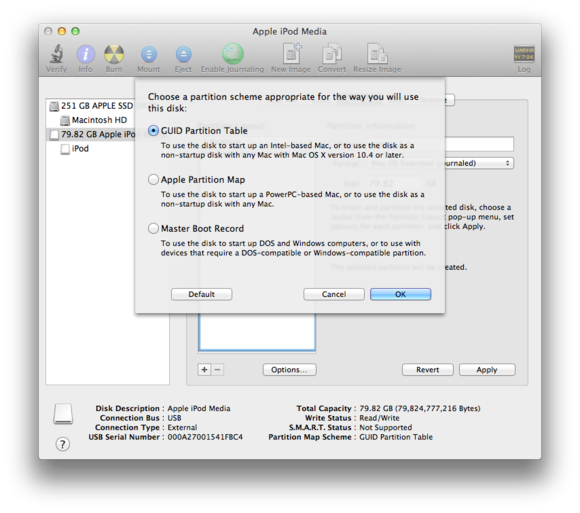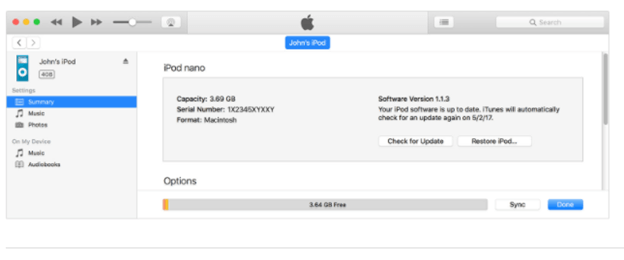

No error dialogs popped up in our tests and the software application didn't hang or crash. For instance, you can modify the default number of reports to keep and their saving location on the disk, remove system files from the equation and include hidden network shares, disable recursive directory mode, process folder links and junctions, use a custom HTML report header and footer, enable a crash log file, or ask Disk Sorter Server to request scanning permissions from the PC administrator. Several advanced properties can be modified too. You can also visit the message console to investigate log details, as well as configure server login, ports, email server and SQL database settings. pictures and image files, music and audio).Ĭlassification jobs can be scheduled to run on a regular basis automatically. It is possible to save the report to file, as well as to edit the file classification commands regarding the command name, the source for the directories to take into account, folder exclusions (if any), along with the classification plugin type (e.g. It has a default plugin for file classification that sorts the items based on their size (largest to smallest), showing their category, total files, disk space used, and percentage value (relative to the total disk space), along with a color-coded pie chart to tell them apart easier. Create custom commands for file auto-classificationĭisk Sorter Server works with plugins. It comes packed with several handy configuration settings.


Disk Sorter Server is a simple-to-use software application that lets you classify your files, generate reports, and submit them to a centralized SQL database.


 0 kommentar(er)
0 kommentar(er)
